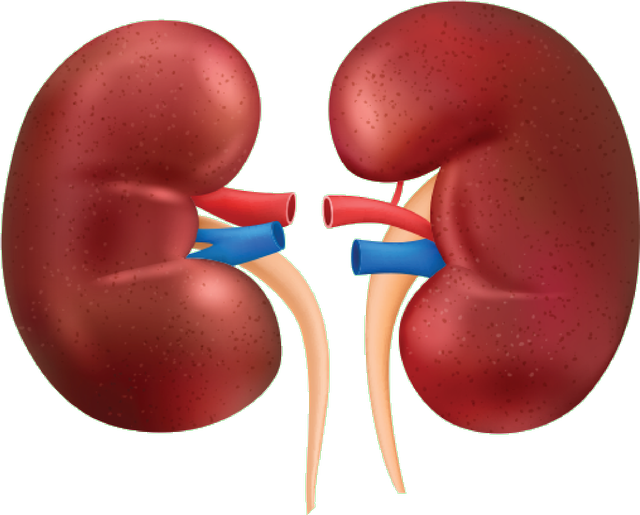New
New
Year 11
Edexcel
Foundation
Controlling water balance: the kidneys, nephron structure and kidney failure
I can describe the role of the kidneys in filtering the blood to control the water balance of the human body, the structure of a nephron, and treatments for kidney failure.
New
New
Year 11
Edexcel
Foundation
Controlling water balance: the kidneys, nephron structure and kidney failure
I can describe the role of the kidneys in filtering the blood to control the water balance of the human body, the structure of a nephron, and treatments for kidney failure.
These resources will be removed by end of Summer Term 2025.
Switch to our new teaching resources now - designed by teachers and leading subject experts, and tested in classrooms.
Lesson details
Exit quiz
Download exit quiz
6 Questions
Q1 Macrovector/Shutterstock






